Ever the optimists we were hoping to move on this morning. But the wind was just as strong as the forecast had predicted, and we woke at 02:00 to howling winds blowing down from the hills above. All day we could barely see the fish farm only a few hundred meters down towards the loch entrance. We were safe though, nicely tucked in behind “Wizard’s Island” in the middle of “Wizard’s Pool”. What great naming! And it felt like somewhere Merlin would live, with almost no signs civilisation (if you exclude the fish pens which we couldn’t see anyway). The vegetation was so lush, with furns up to your waist dotted with foxgloves and thick fluffy moss so it felt like you were walking on someone’s bed more than up a hill. We tried hiking to the top of the nearest hill, but each summit turned into another and another, each one giving us a little more of a feel of the island. The Uists have only 5,000 inhabitants, but we walked fresh paths today, exploring what felt like a new world.
Winds have died slightly now, so we’ll see what tomorrow brings.
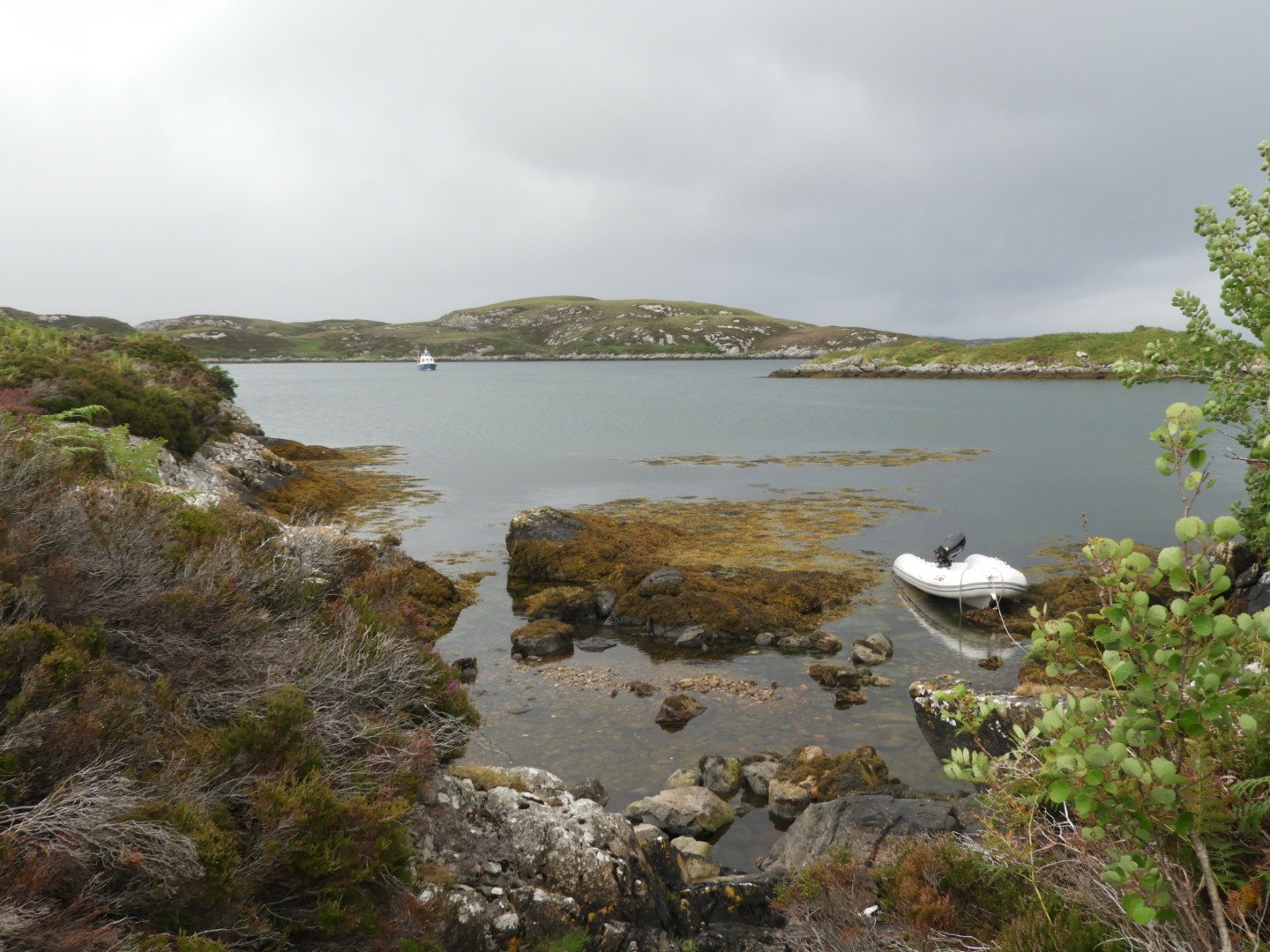
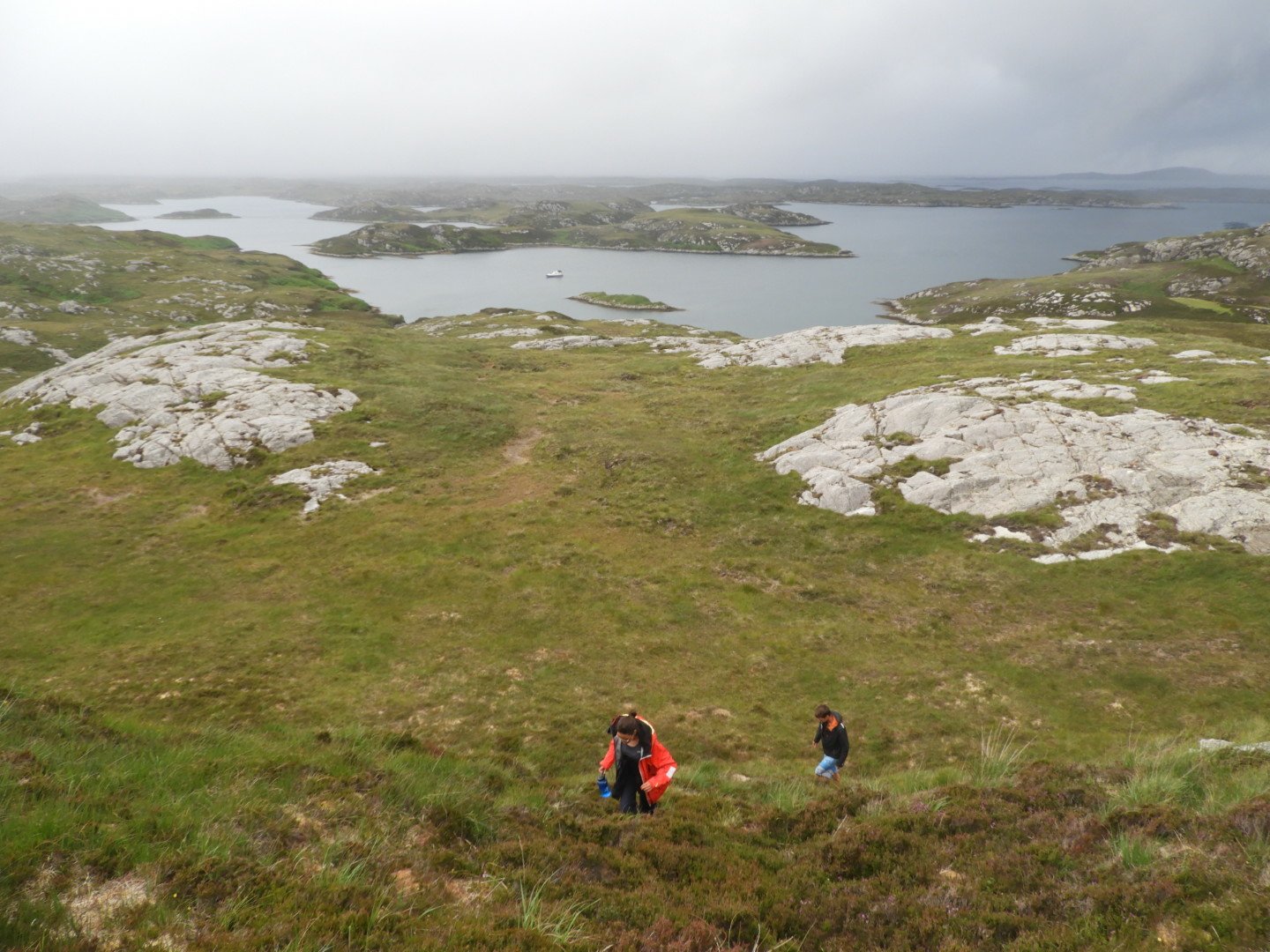
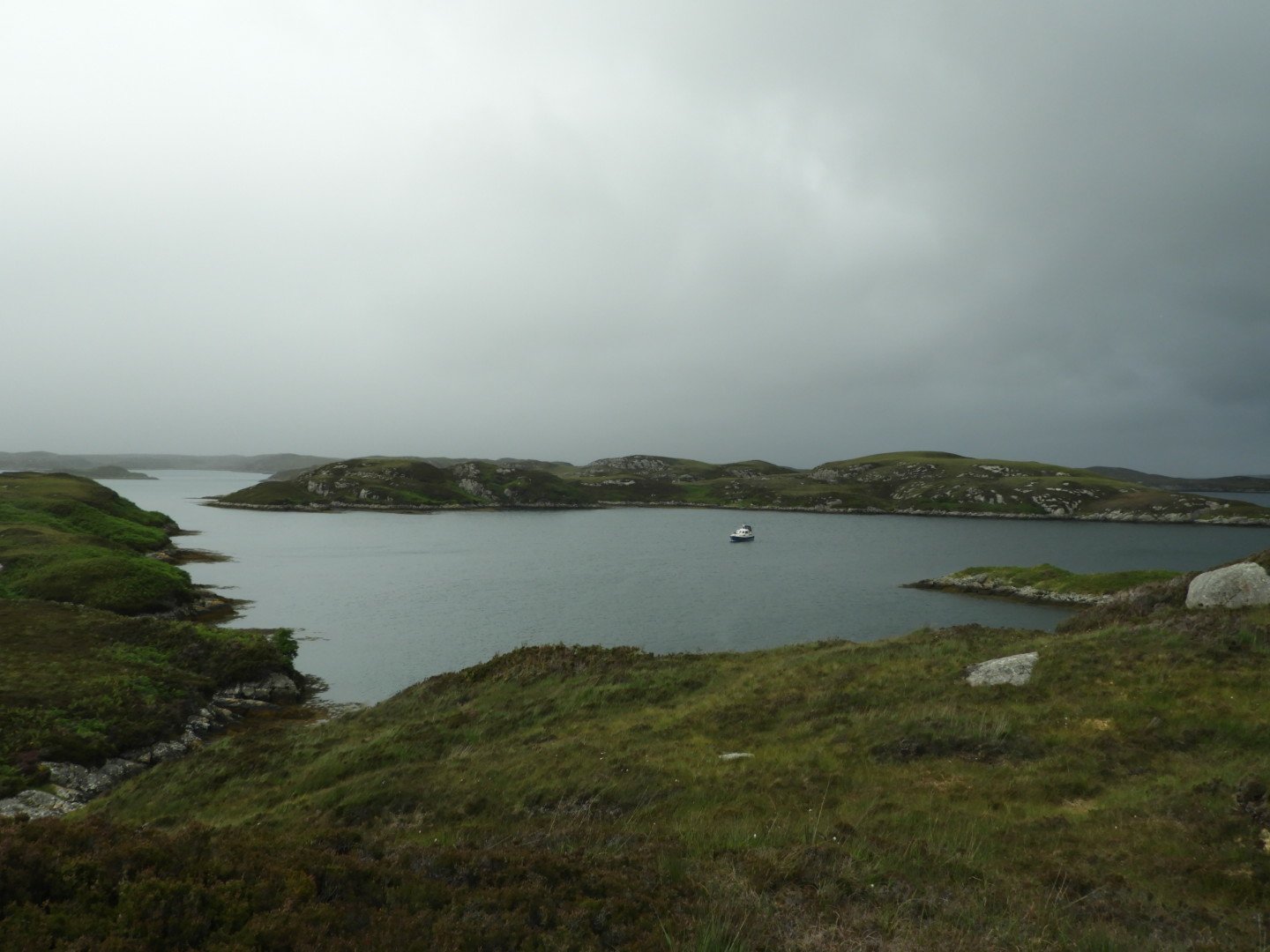
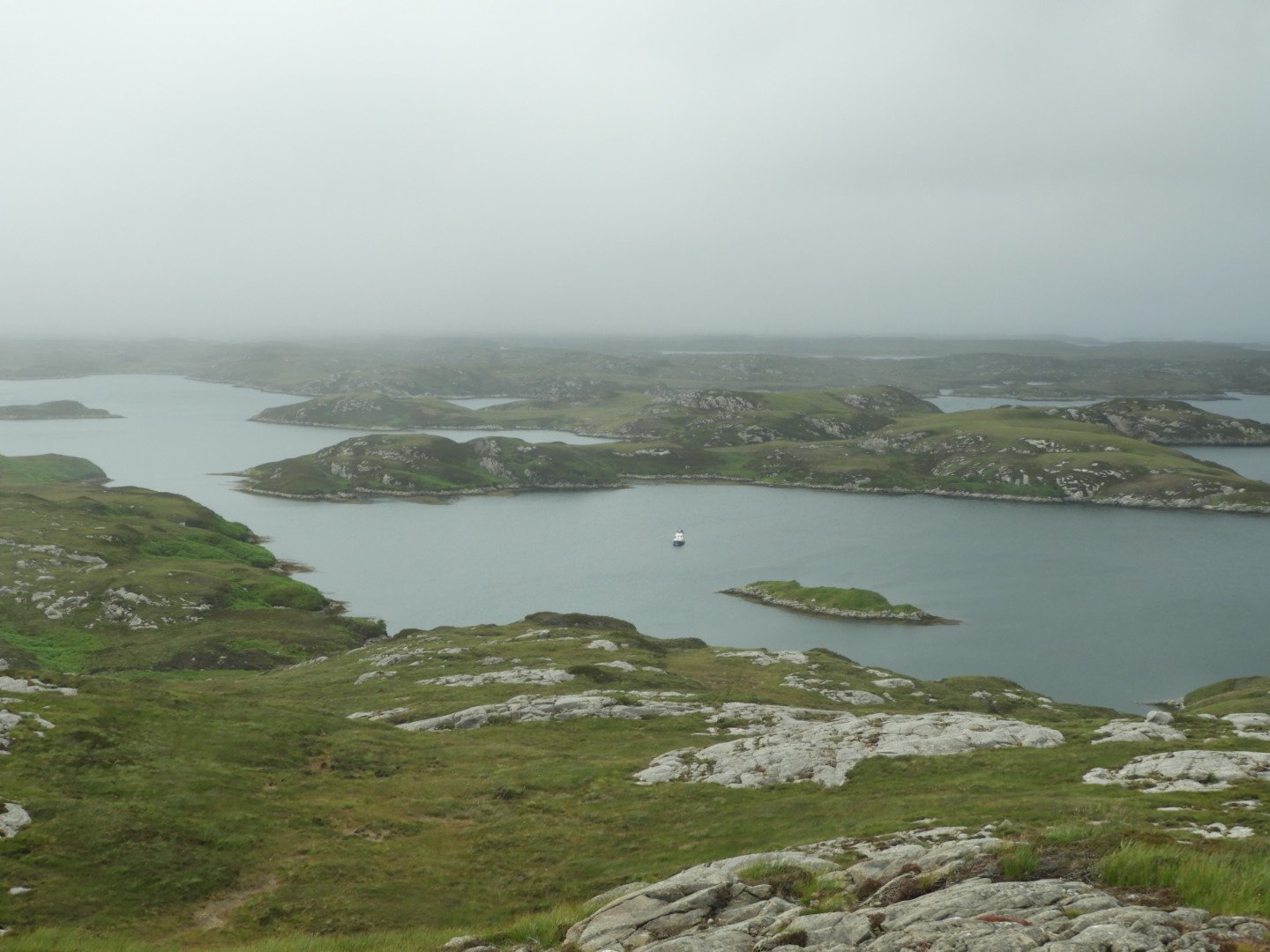
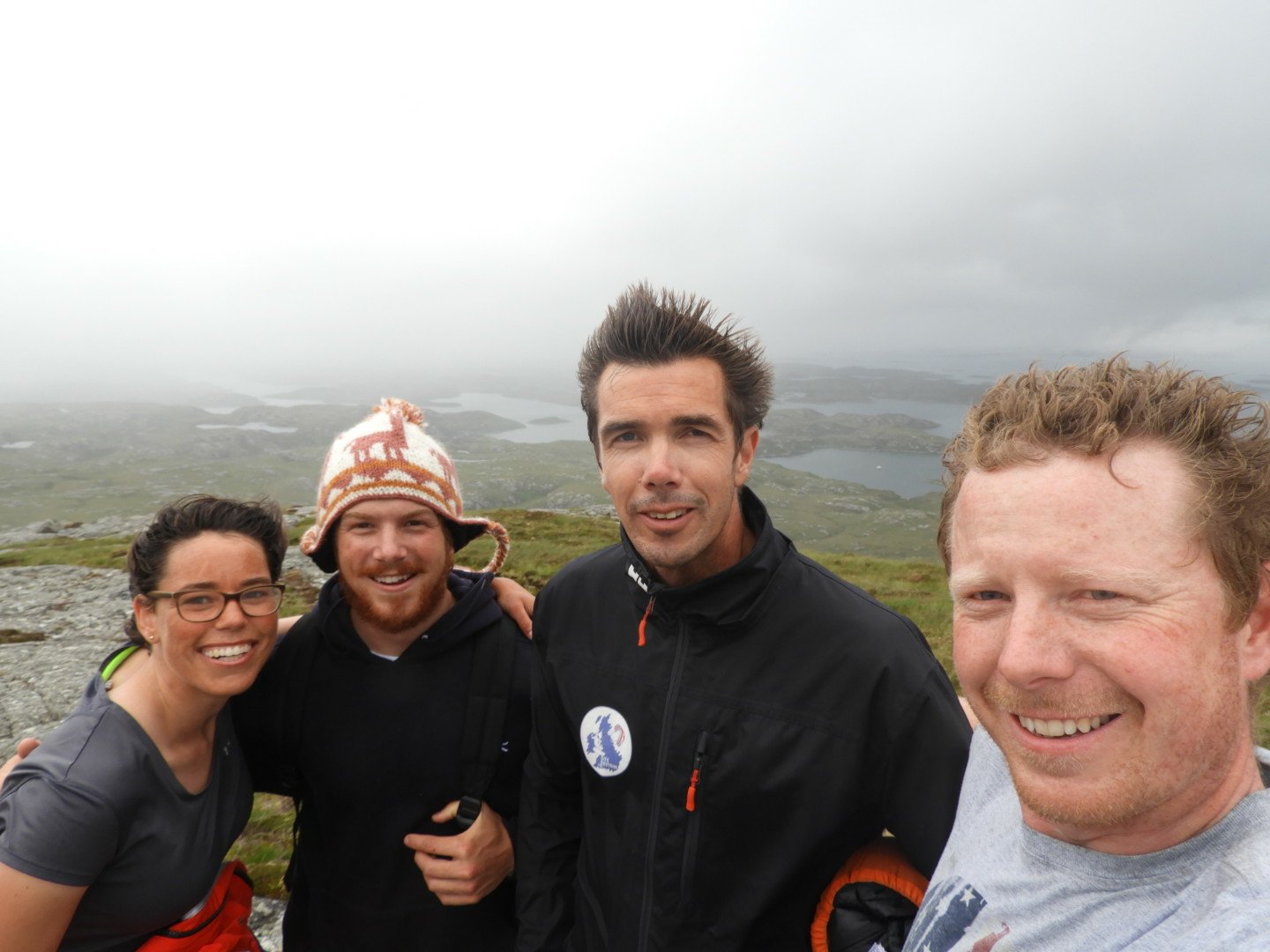
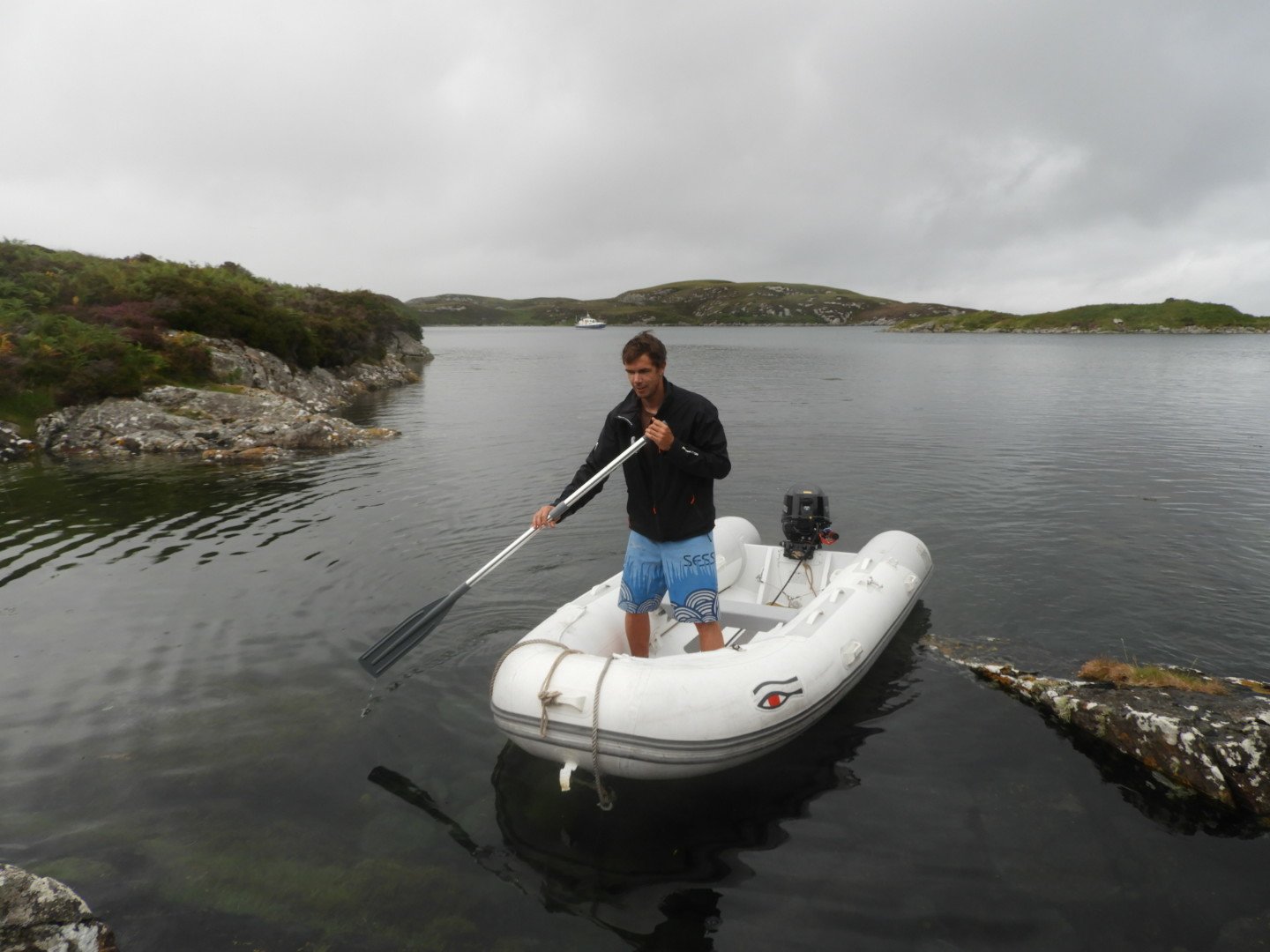
The first attempts to farm Atlantic salmon in Scotland were driven by a desire to improve wild salmon runs, with the earliest recorded effort to incubate and hatch salmon eggs taking place back in 1838. However the ability to rear healthy Atlantic salmon to maturity took another 70 years, with the first farm established at Loch Ailort in Inverness-shire in 1969. Since then the industry has grown substantially, now making up half of Scotland’s food and drink exports (excluding whisky), with a turnover of £1,027m in 2018, and a GVA of £365m. With a geographical footprint of only two 18-hole golf courses it employs 2,300 people, many of them on the Hebrides. Unfortunately the industry is not without its problems, with many reports of mismanagement including a number of occurences of diseases wipping out between 20-50% of stocks.
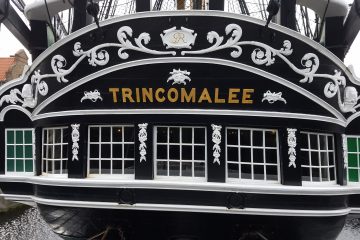
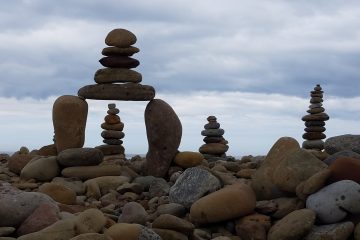
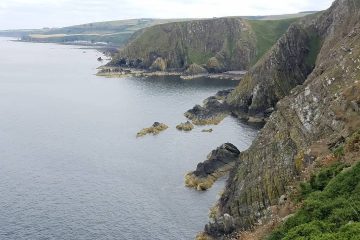
0 Comments